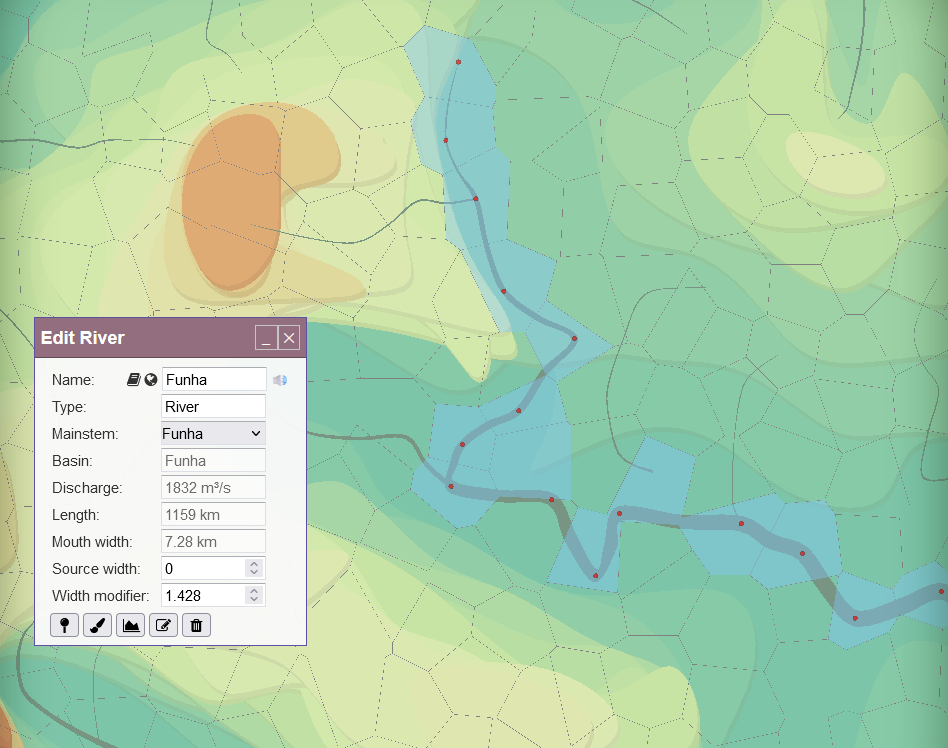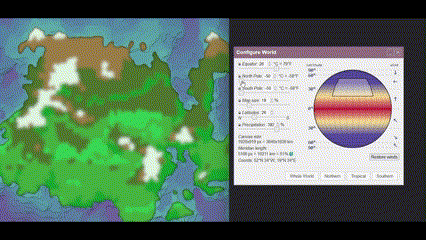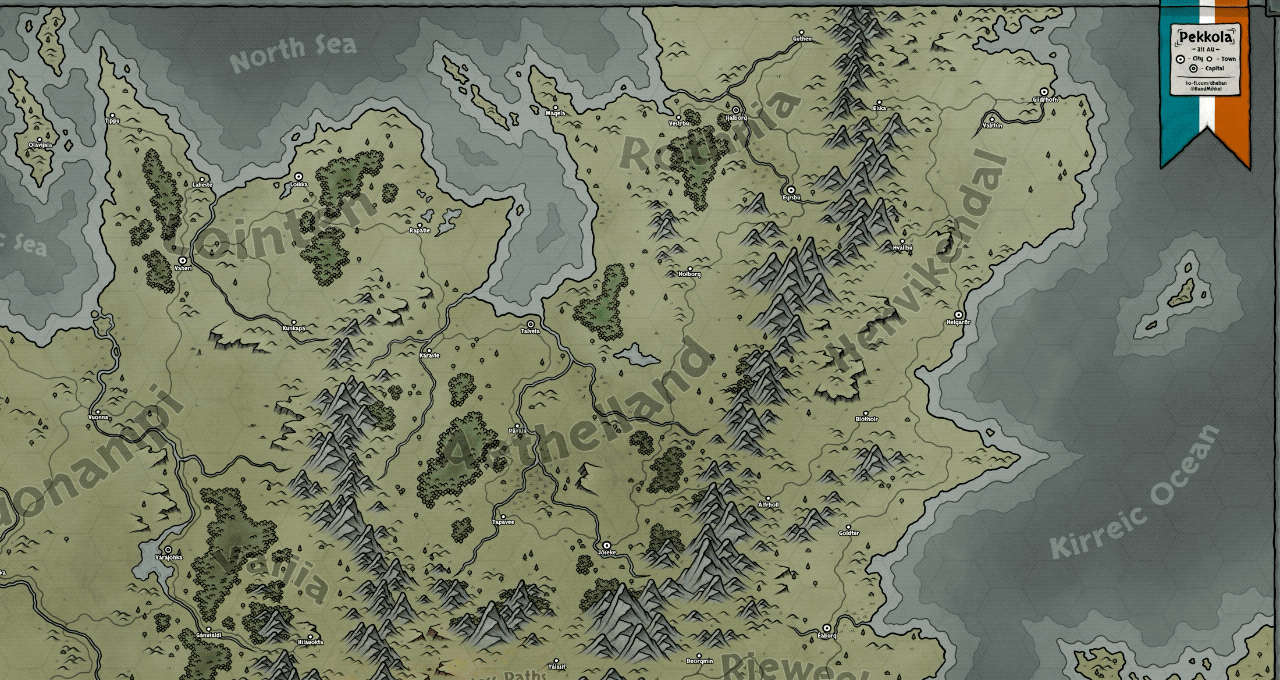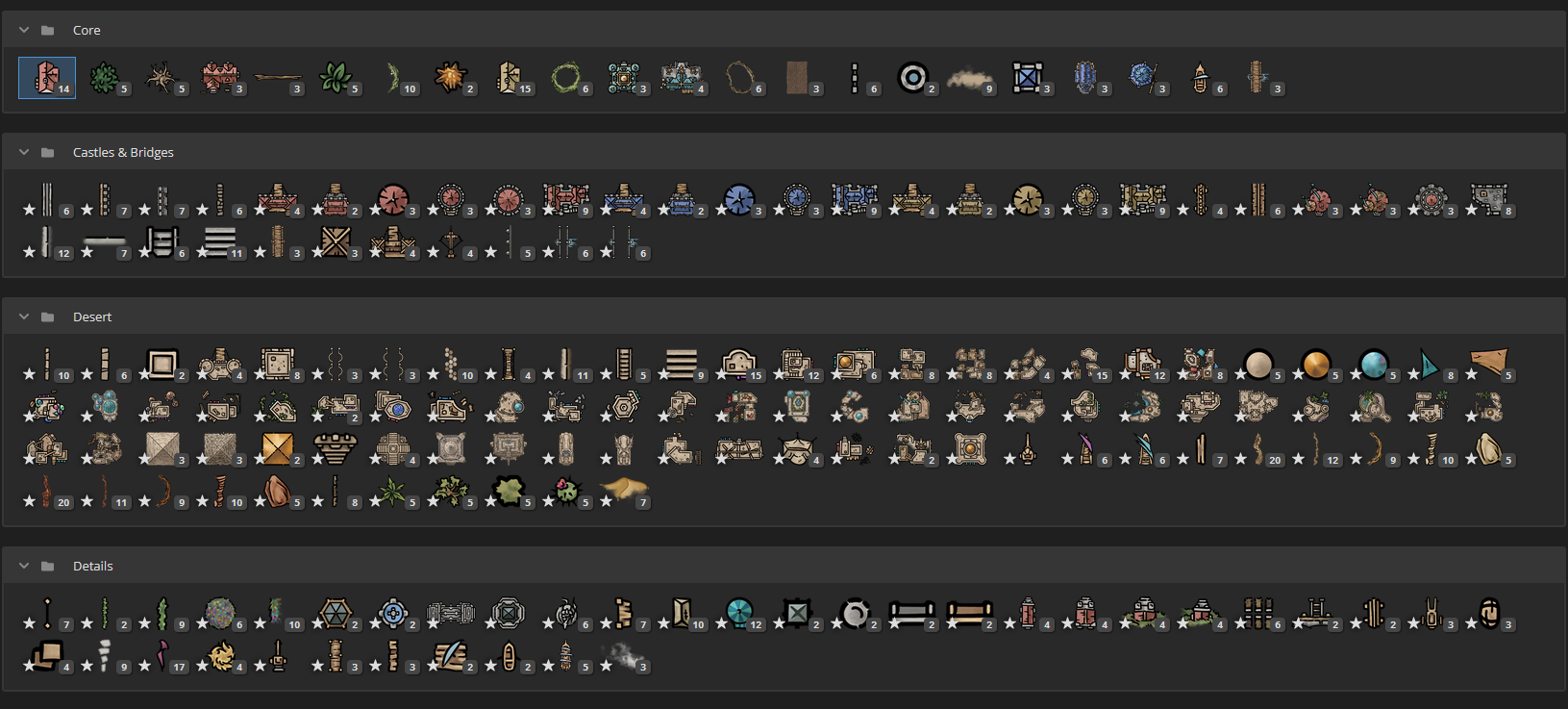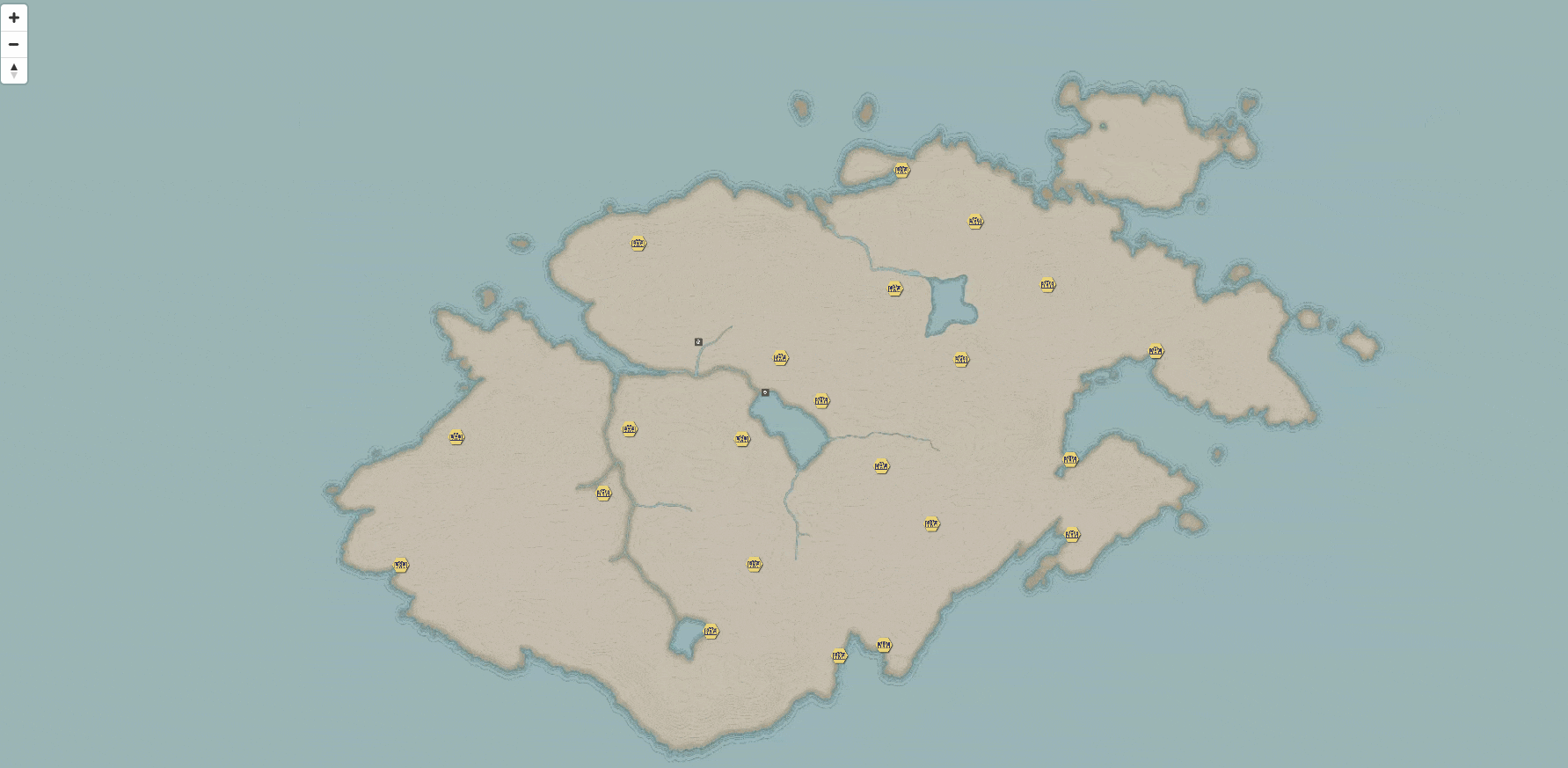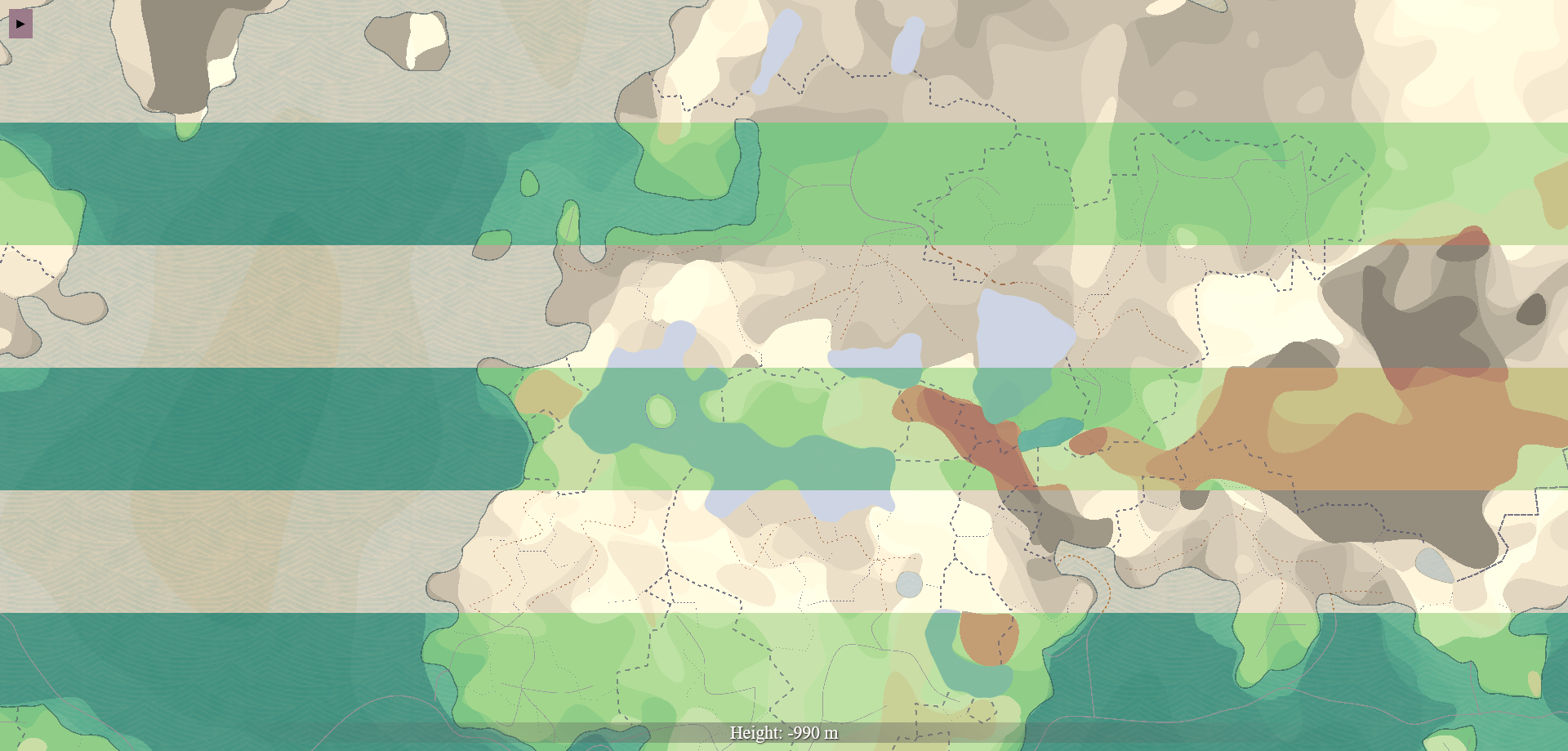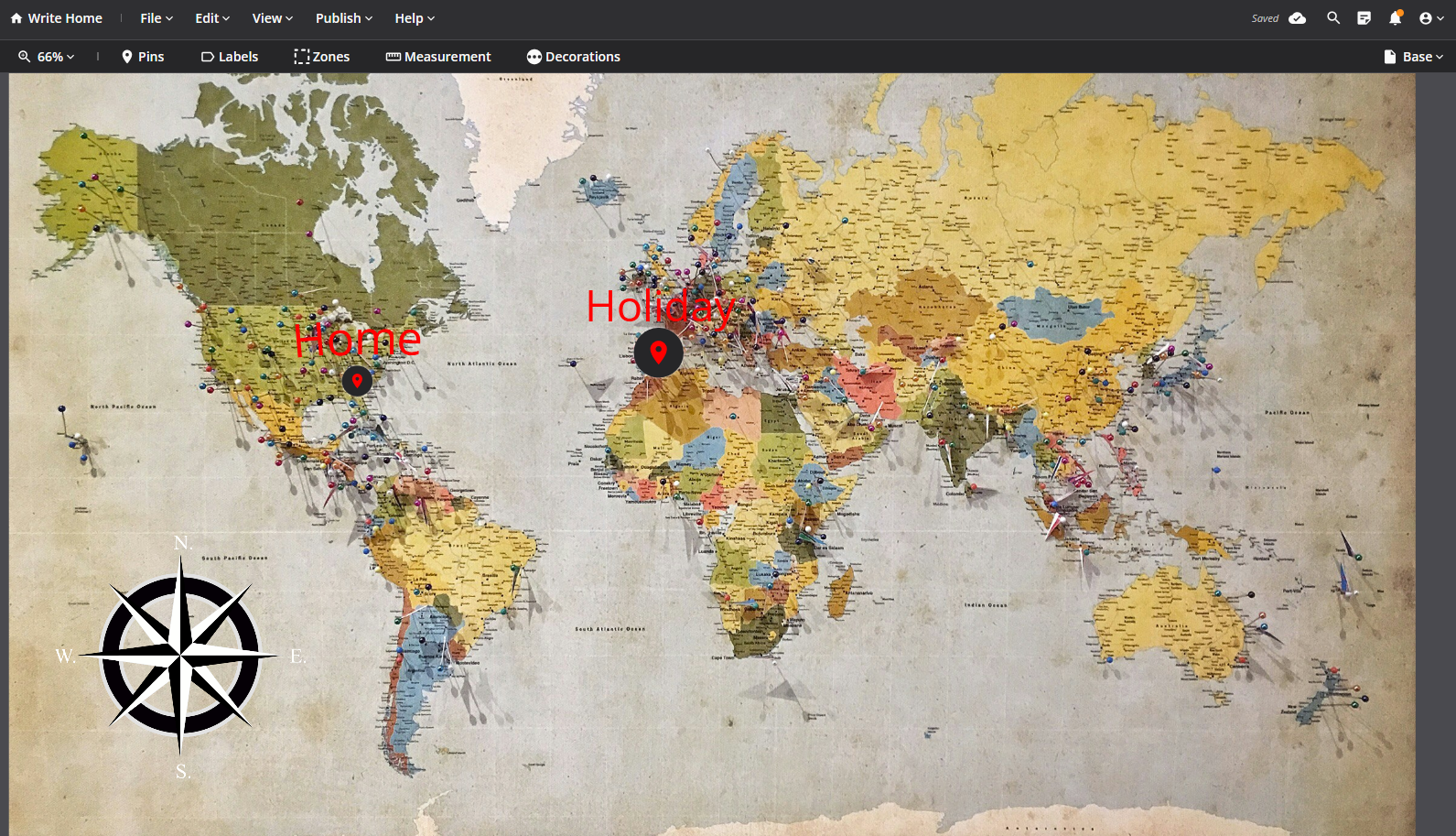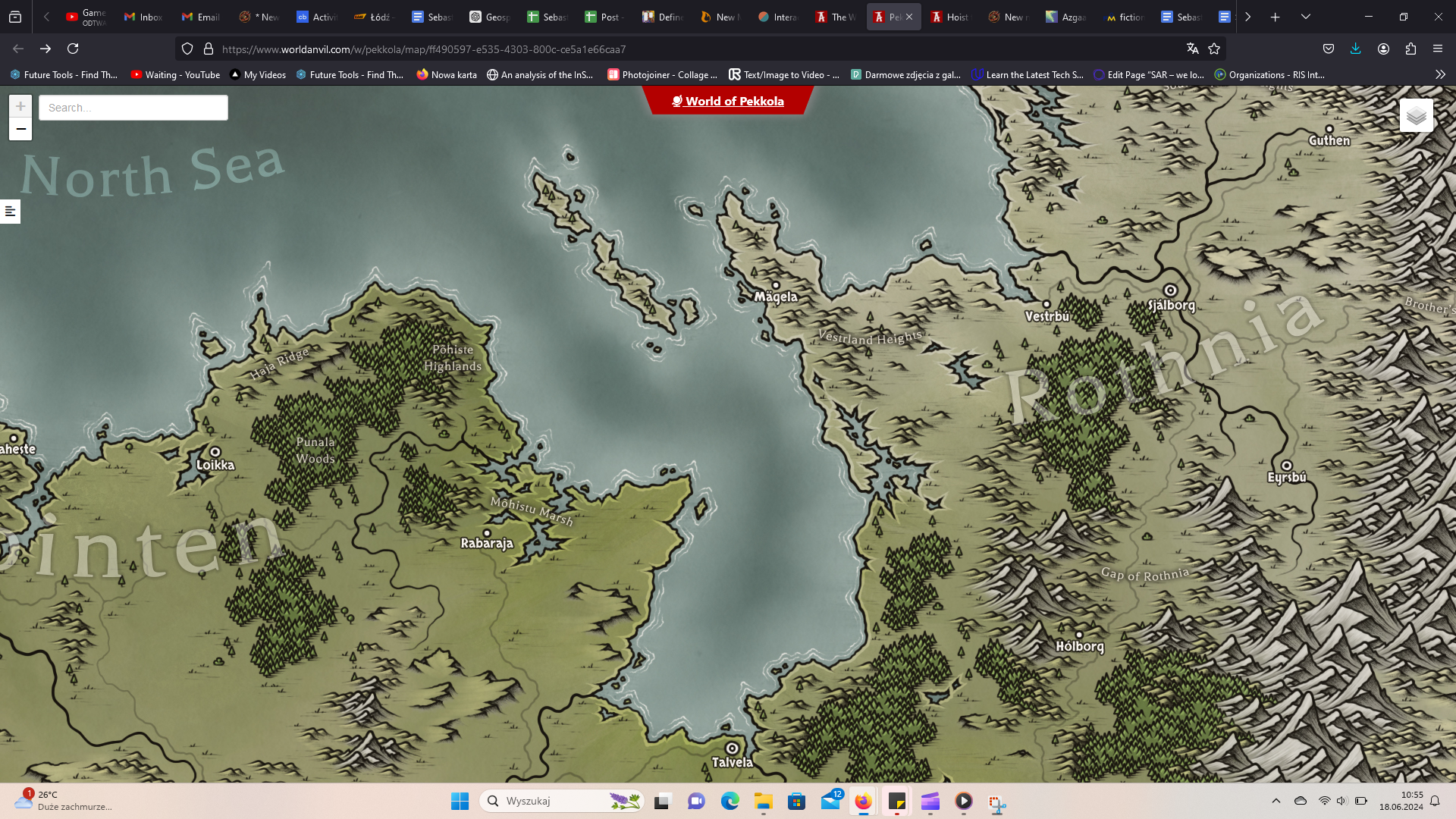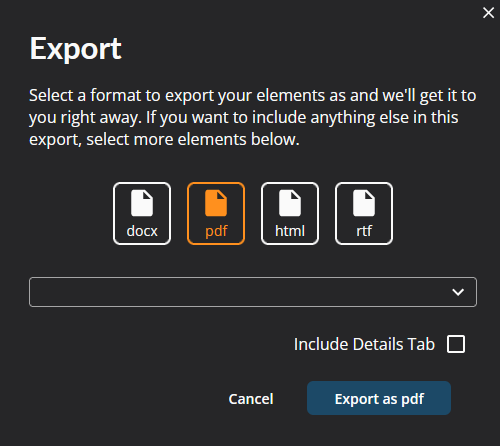
Geo Addressing Decoded, Part 4: Exploring the Applications of Geo Addressing Solutions
Accurate address data is essential. Precise location information ensures that more deliveries and services arrive on time, reducing losses and improving customer relations. In terms of compliance, correct address data ensures that companies are paying correct taxes and duties for any goods or services they deliver. Having access to digitally versatile and enriched addresses can streamline business processes, improve efficiency, and allow companies to scale more rapidly and expand to new markets.
In our previous articles, we have explored the intricacies of traditional addressing systems, the innovations in geocoding, and the advanced features of Precisely’s Geo Addressing solutions that make them invaluable for any business. In this final part of the series, we will focus on the practical applications of these technologies across some key sectors, and the transformative impact they can have.
Applications of Geo Addressing Across Sectors
The versatile nature of Precisely’s Geo Addressing solutions and the PreciselyID makes them applicable across a wide range of industries, enabling organizations of all sizes to increase the use of address data and quickly associate rich, relevant information. Using a unique ID allows a company to transform their first-party data, and makes that data easily linkable, with the rest of Precisely’s portfolio of data, driving incremental value and opening new use cases and analysis.
Read More:
Geo Addressing Decoded Part 1: Why Does Geo Addressing Matter?
Geo Addressing Decoded Part 2: Beyond Coordinates – Exploring the Depth and Impact of Geo Addressing
Geo Addressing Decoded Part 3: Diving into the Key Features of Precisely’s Geo Addressing System
Geo Addressing Decoded Part 4: Exploring the Applications of Geo Addressing Solutions
Our first article in this series (‘Why Does Geo Addressing Matter?’) discussed some of the specific sectors that suffer from inadequate addressing systems. Here, we look at how they can benefit from applying Geo Addressing:
Ecommerce and Fraud Prevention:
According to Forbes, 20% of retail purchases are predicted to take place online in 2024. When making a purchase online, a smooth address entry process, using intelligent autocomplete, enhances the customer experience. As previously mentioned, 4% of cart abandonment is due to problematic address entry, and one in five online shoppers have abandoned their cart at some point due to these issues (Baymard Institute 2021). It follows that the quicker a user’s address is accepted by the system, the more likely they are to complete a purchase or registration journey.
According to Forbes, the ecommerce industry was worth $5.3 trillion in 2022, but $41 billion was lost to e-commerce fraud. A Pitney Bowes study from 2019 suggests the losses from failed deliveries reached a massive $333 billion. Precisely’s technology can help mitigate losses from both fraud and failed delivery. Using hyper accurate address validation and verification, makes it much harder for criminals to exploit ecommerce vulnerabilities through address jigging (manipulation of address details) and other fraudulent activities. And, of course, accurate address data ensures that deliveries reach the correct destinations without issues, further improving customer experience and increasing the likelihood of return custom as well as reducing losses.
Delivery and Logistics
According to 2018 data from UPS, the typical cost of mishandling a delivery due to poor addressing can range from $10-$100. Geo Addressing ensures the smooth operation of the delivery chain by providing precise and validated address data. This reduces delays, failed deliveries, and lost packages, ultimately protecting businesses’ profits and reputations. When it comes to the case of hyper-local delivery, as many as one in five jobs are cancelled or late due to location problems (according to 2019 data from Google), but with accurate geocoded addresses, delivery companies can optimize their routing, ensuring timely and efficient deliveries.
Emergency Services and Transportation:
Precise address data is critical for quick and accurate location identification, significantly improving response times during emergencies. Accurate Geo Addressing can literally save lives by enabling first responders to locate individuals in need with speed and accuracy. High accurate address data, also helps in coordinating disaster response efforts, ensuring that all responders have access to the same accurate information.
The stakes may be lower for ride-hailing services like Uber and Lyft, but they too can benefit from more accurate address data. Uber data from 2019 suggests that 10% of drop-offs are missed or delayed due to address location issues, and accurate geocoding (and reverse geocoding) can help to reduce this.
Insurance:
Property and personal insurance companies require high-quality address information to accurately assess risk—currently, 20% of total revenue loss in the industry comes from bad addresses (MIT Sloan). Accurate address data from Precisely allows insurers to properly evaluate risks and set appropriate premiums, while reliable address verification and validation technology help to anticipate and prevent fraudulent claims, ensuring that insurance cover is based on accurate and legitimate information.
From a business strategy point of view, Precisely’s enriched address data enables insurance firms to gain a comprehensive view of aggregate risk. This helps them to inform their broader pricing strategy, and to target and retain the most profitable customers.
Real Estate and PropTech:
The real estate industry obviously needs accurate address data for a range of functions, but according to multiple sources, the industry is currently working with a huge number of missing or incorrect addresses. Precisely’s datasets include detailed information about addresses, with 9,000 attributes covering the neighborhood as well as the property itself, which can be attached to a PreciselyID. This enriched data is invaluable for real estate agents and property managers in making informed decisions related to valuation, and more.
More broadly speaking, high-quality, enriched address information allows real estate businesses to keep abreast of economic development, to improve lifestyle modelling and market analysis, and consequently to make more informed decisions about site selection.
Applications in Telecommunications:
Accurate address information is essential for planning and optimizing telecommunications networks, to ensure efficient service delivery and coverage. Furthermore, when telecommunications companies are expanding networks or capacity, they need to know how many secondary addresses are attached to a primary address—in other words, does an apartment complex contain ten apartments or a thousand? This is key to calculating return on investment (ROI) and the network capacity. Precise geocoded addresses also help telecommunications companies to provide accurate service availability information to customers, which is vital for customer satisfaction.
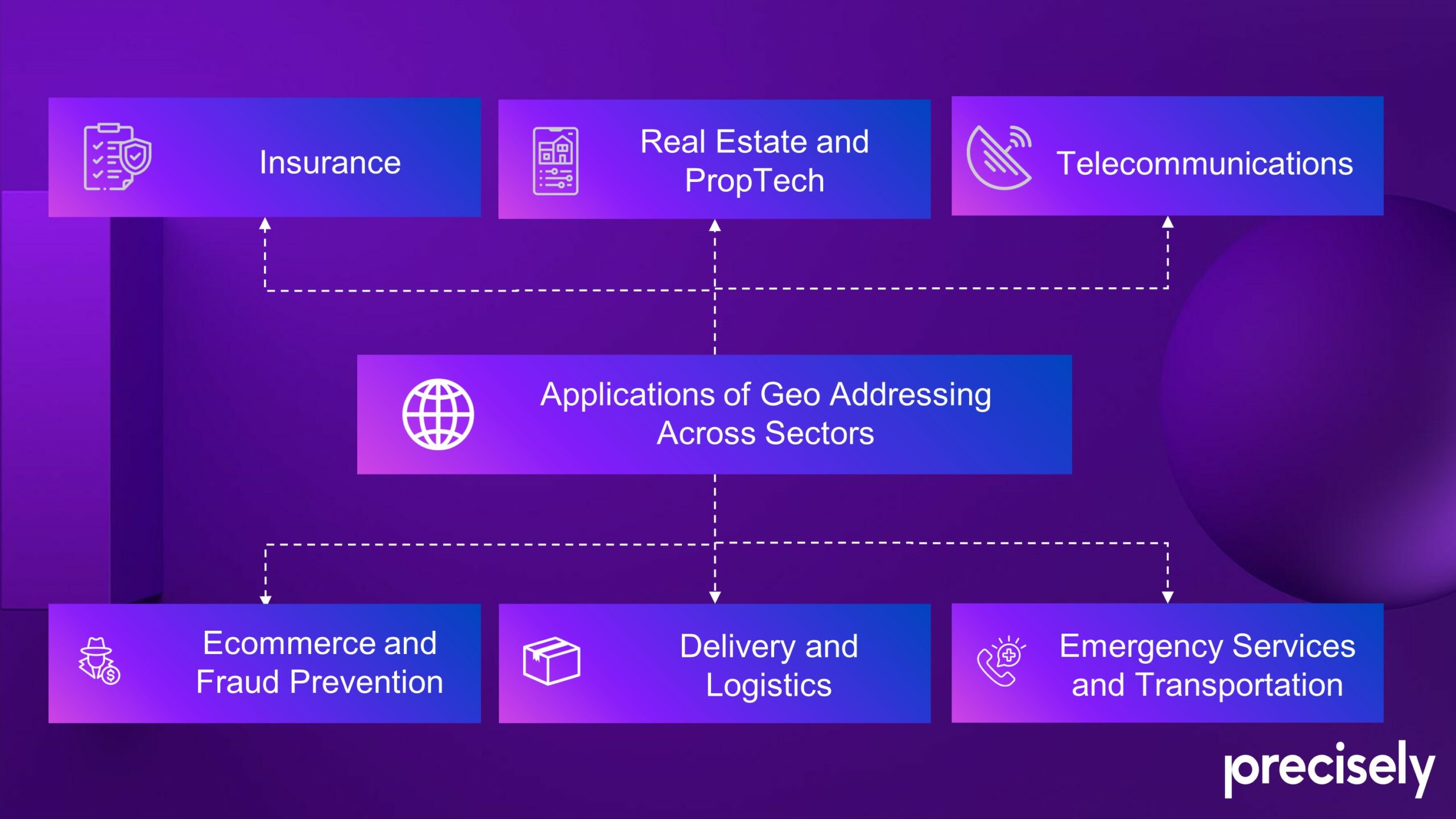
Applications of Geo Addressing Solutions
The Future of Geo Addressing Applications
The shift from traditional addressing methods to advanced solutions like Precisely’s Geo Addressing technology represents a significant leap towards greater accuracy and utility in addressing. This has the potential to revolutionize address data management across various sectors—advancements in address management don’t simply improve delivery and logistics but also enhance customer experiences, streamline business processes, and impact bottom line.
Precisely’s features are not just about improving current systems but also about envisioning and creating new possibilities, as businesses find unique and powerful use cases for enriched, linkable address data. The potential for even more detailed applications, such as assigning identifiers to specific rooms (in student accommodation for example) points towards a future where every space, no matter how small, can be accurately mapped and identified. Innovations in AI and machine learning are set to further refine geocoding processes, enhancing accuracy and adaptability, as well as enabling the seamless utilization of the vast amount of address data at our disposal.
Address management also has the potential to impact broader aspects of global connectivity and economic development. It’s worth considering societal implications too: the way we name and organize spaces has profound implications for identity, access, and social equity, and addressing systems can therefore mirror societal issues.
Throughout this four-part exploration of Geo Addressing solutions, we’ve looked at the fundamental challenges of traditional systems, explored some of the solutions that have been developed in response, and highlighted the impactful applications of Precisely’s trailblazing technology. We hope this series has provided valuable insights into the essential role of precise addressing in our interconnected world. Thank you for joining us on the journey!
Did you like the article about the Applications of Geo Addressing? Read more and subscribe to our monthly newsletter!







